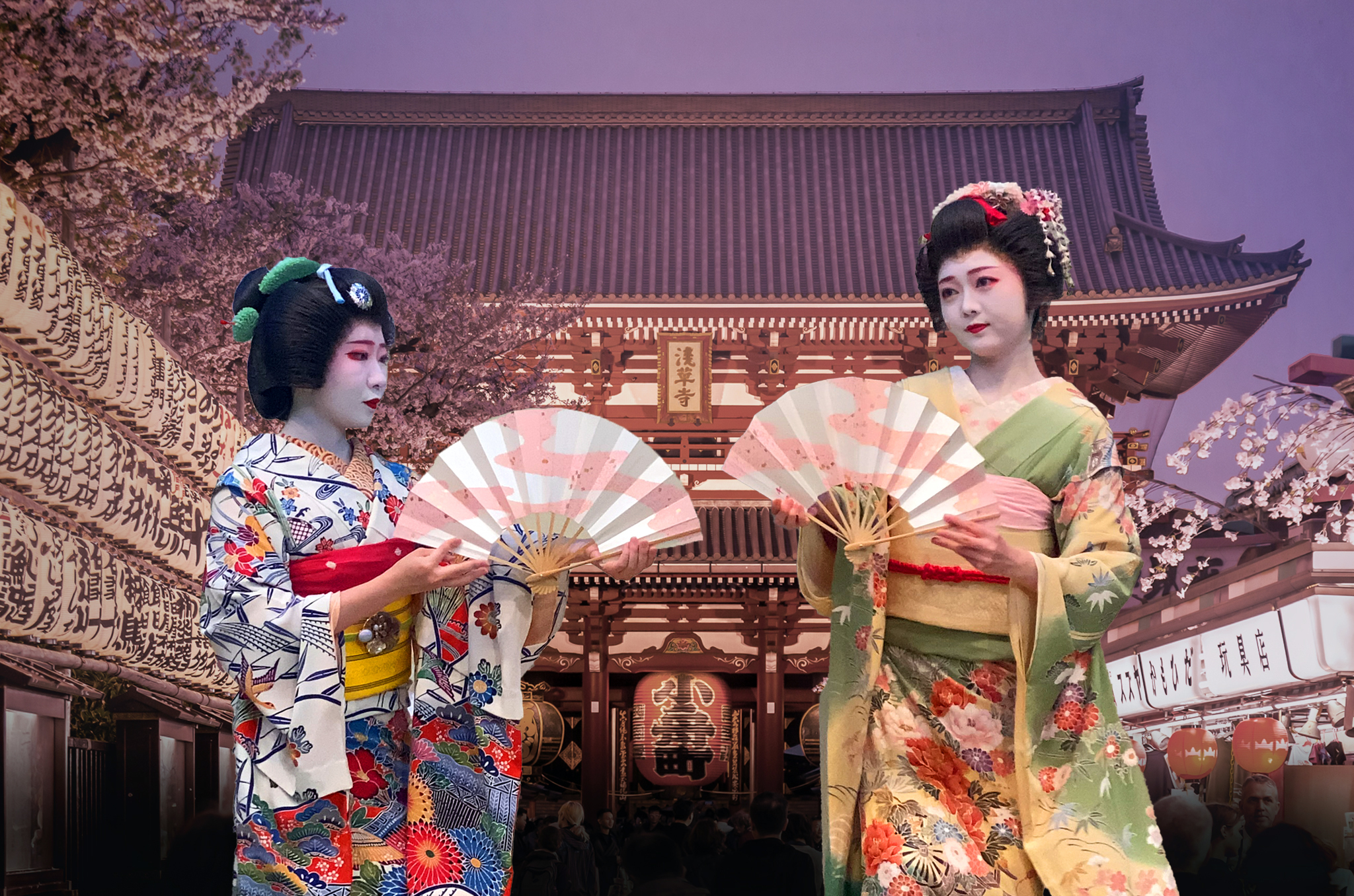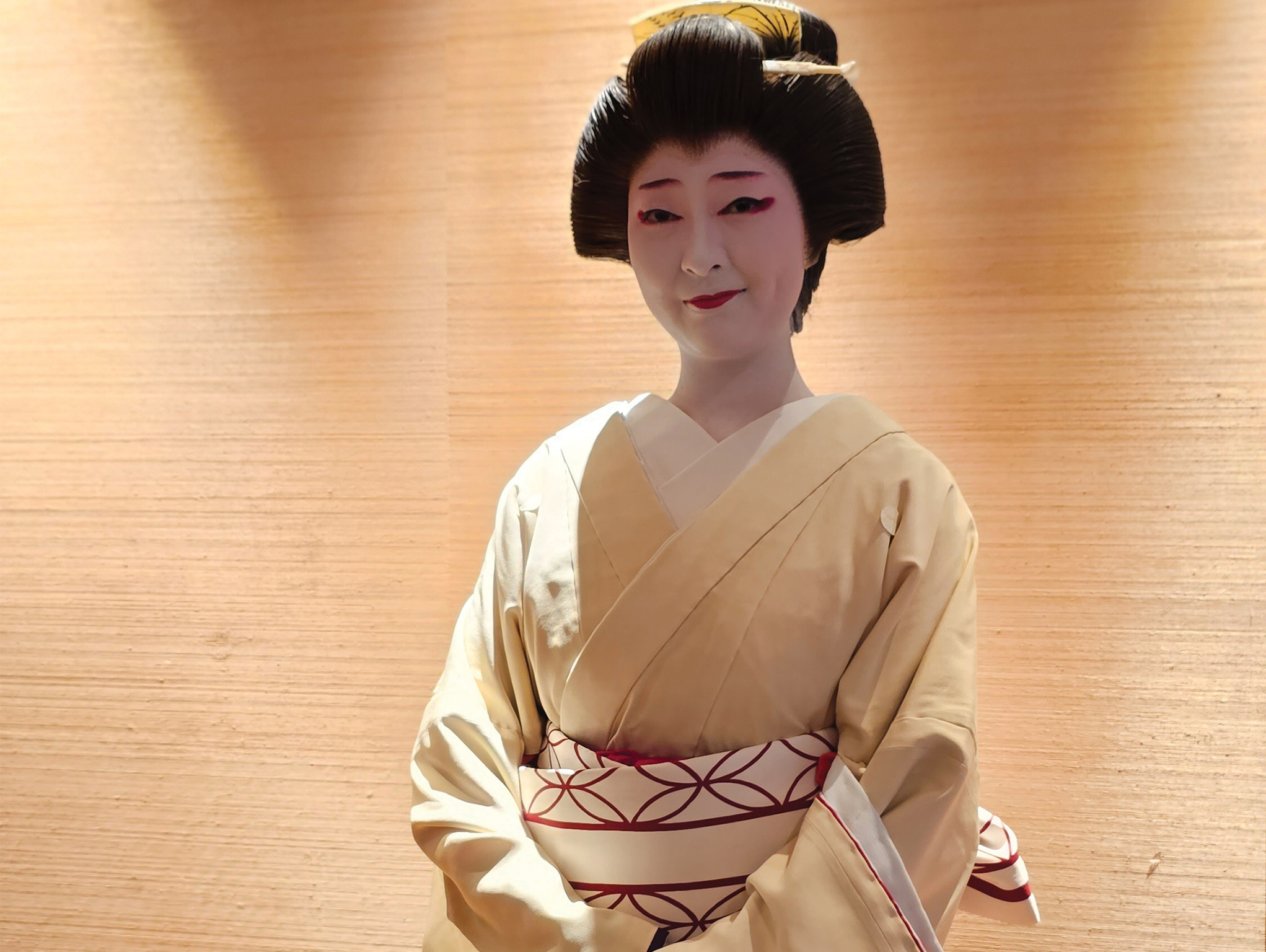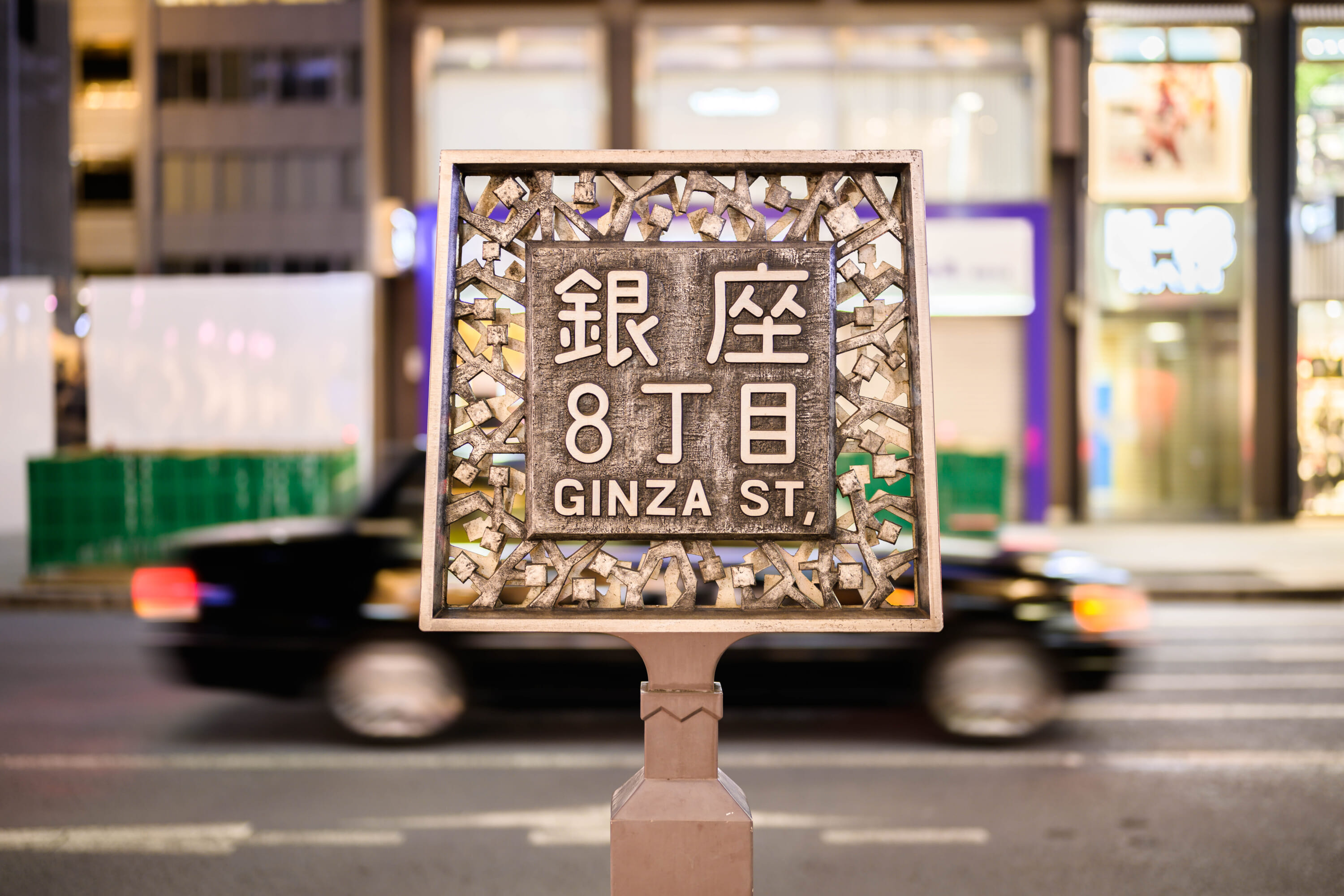Tokyo is often associated with an ultramodern skyline, neon-lit streets and a fast-paced lifestyle. Yet, hidden among its towering skyscrapers and contemporary attractions lies a more traditional and serene world — the geisha districts, where the rich cultural heritage of Japan continues to thrive. Although Kyoto is more famously linked to geisha culture, Tokyo’s geisha districts offer a fascinating, albeit lesser-known, peek into the world of art, glamour and entertainment.
Geisha, meaning “people of art,” tend to be perceived as modern guardians of traditional Japanese culture. In reality, geisha used to be fashion icons and were trendsetters for hundreds of years. However, this changed after World War II when society shifted from kimono to Western-style clothing. The geisha profession was seen as a relic of the past: strict and difficult. Different career paths became more attractive for Japanese women, and the number of geisha trainees significantly decreased. Entertainment districts, once housing thousands of geisha, started to decline throughout the country, with only a few surviving until today.
These peculiar quarters first appeared during the Edo period (1603–1867) and became an integral part of Japan’s cultural fabric. Known as hanamachi (“flower towns”), they are enclaves where geisha live and work, offering their services to patrons in exclusive teahouses called ochaya.
While Kyoto’s Gion district is perhaps the most famous hanamachi, Tokyo has its own geisha districts, each with a unique history and character. Here’s what you’ll find at each.
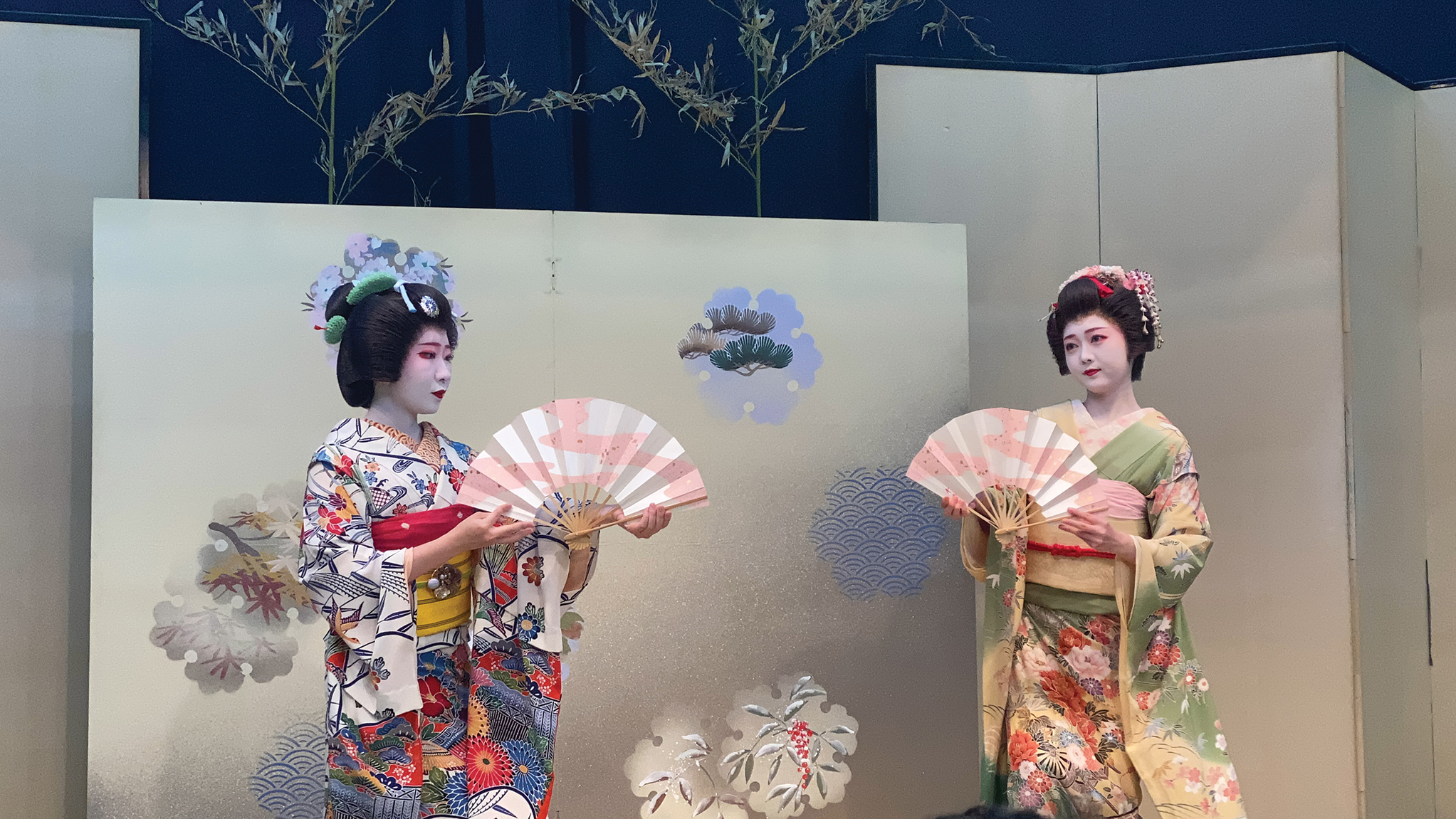
Asakusa
Asakusa, a district commonly associated with its iconic Sensoji Temple and vibrant shopping streets, has a rich geisha history. Asakusa’s name (“shallow grass”) is a reminder of the old times, when this particular area was on the outskirts of Edo. Back then, entertainment quarters were established in secluded spots to protect public order.
The Asakusa geisha district was once one of Tokyo’s largest, and while it has diminished over time, it remains active with a small number of geisha who continue to practice their craft. Interestingly, Asakusa is the only area that simultaneously houses hokan, the male equivalent of geisha. These men are professional comedians who entertain shoulder to shoulder with the elegant women in kimono. As a woman-loving neighborhood, Asakusa recently broke its hundreds-of-years-old rules and allowed a woman to become a hokan. The progressive spirit of Asakusa is emphasized by regular dance events where foreign tourists can experience geisha culture and chat with the artists.
Shinbashi
Just south of the Imperial Palace, Shinbashi is one of Tokyo’s most famous and prestigious geisha districts, dating back to 1857. It was originally a hub for high-ranking samurai and aristocrats who sought the refined entertainment provided by geisha. With the fall of the Tokugawa shogunate, loyal Shinbashi patrons continued to party at their beloved teahouses — not as samurai but rather as the political and business elite. A new bridge was built, connecting the area with the rest of the city and contributing to the district’s name.
Today, Shinbashi focuses on Ginza 8-chome, a luxurious area where geisha continue to entertain affluent clients with their Edo-chic beauty. Shinbashi closely resembles Kyoto’s top geisha district, Gion, in terms of style and clientele. It is also home to the Shinbashi Enbujo Theatre, where even first-time visitors can witness an annual performance of three schools of dance — Hanayagi, Onoe and Nishikawa. This division of art movements is unique to Shinbashi.
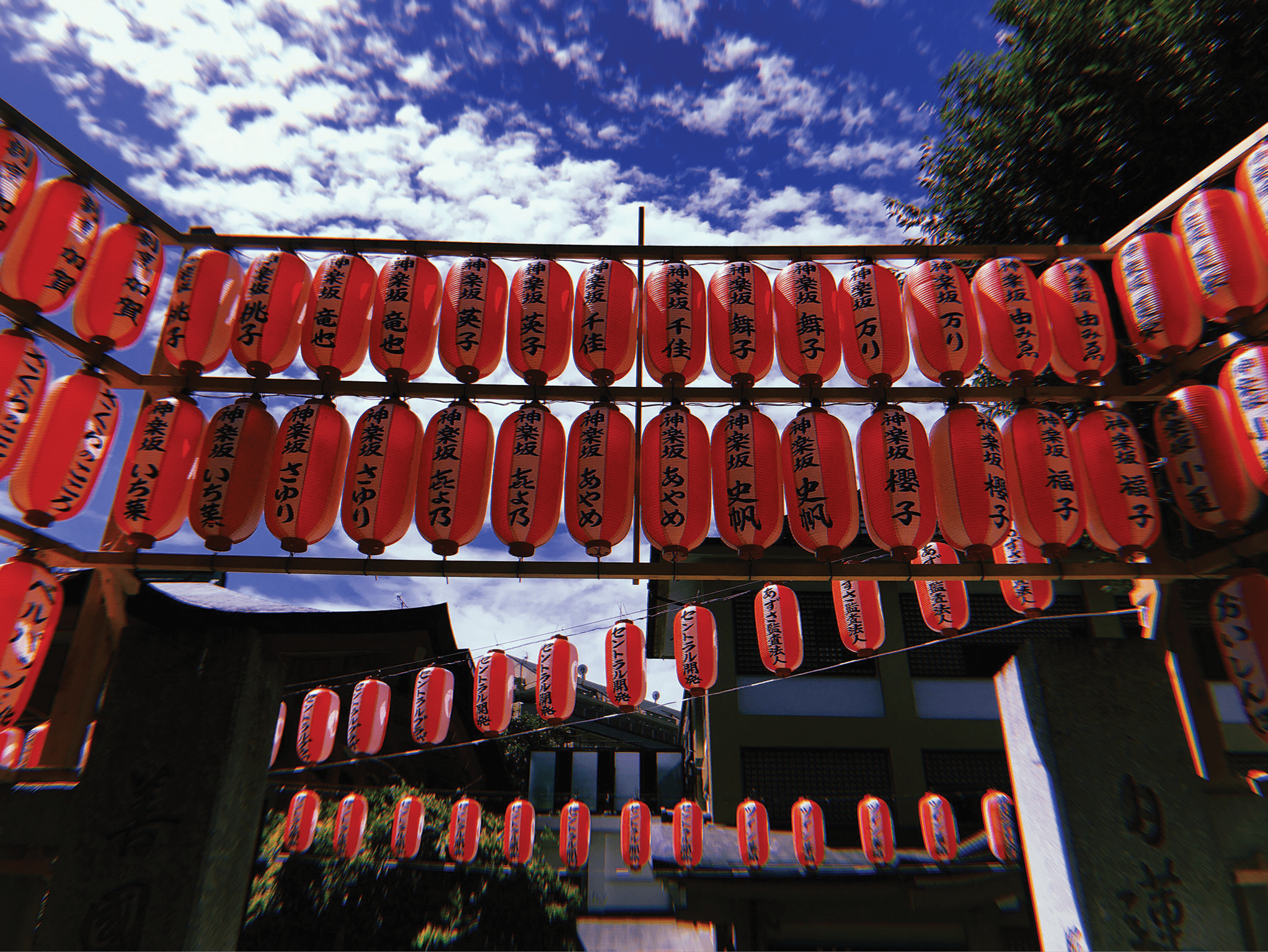
Kagurazaka
Kagurazaka, located in Shinjuku ward, has a cozy atmosphere with numerous wooden buildings. It retains much of its old-world charm and features cobblestone streets, traditional ryotei and a small but active community of 16 geisha, some of whom once studied the geisha craft in Kyoto. Visitors can experience the area’s history by dining or drinking at local bars, where geisha presence is sometimes included as part of the experience. Watching the yearly stage performance of the Kagurazaka Odori is an excellent way to familiarize yourself with the elegance of the Hanayagi school of dance.
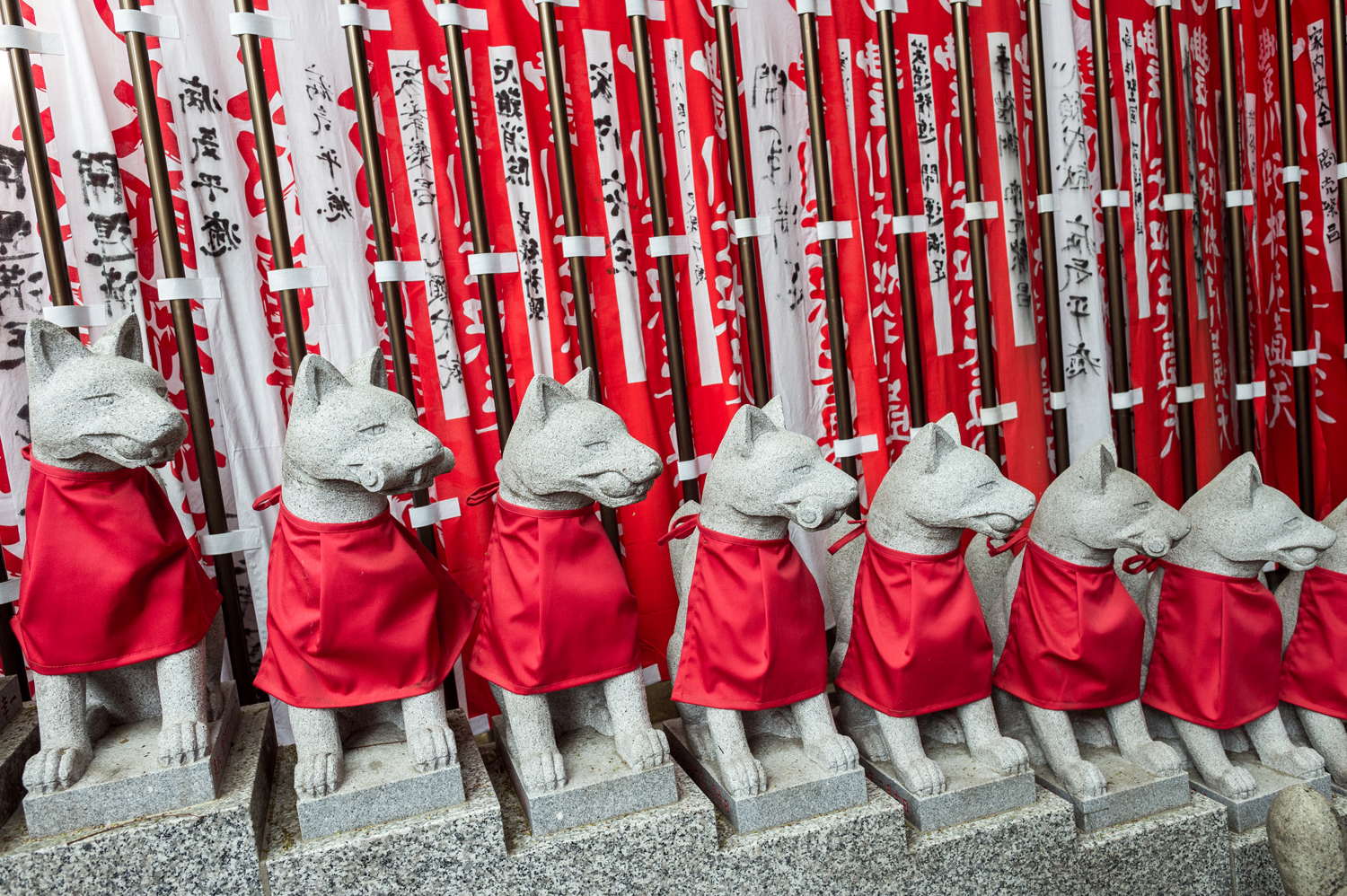
Toyokawa Inari Shrine
Akasaka
Akasaka’s history starts with a large pond, Tameike, that used to be a famous spot for watching fireflies. Its romantic atmosphere and strategic location resulted in the construction of samurai residences and, naturally, teahouses with geisha catering to such an upscale clientele. At its peak, Akasaka had around 400 geisha working in over 100 teahouses, but the collapse of the bubble economy led to a harsh decline in the area.
Nowadays, completely transformed into a bureaucratic district, Akasaka is home to around 20 geisha. One of them is Ikuko, an 84-year-old who was awarded the Order of the Rising Sun for her extraordinary contribution to Japanese culture. Ikuko serves as a mentor to the younger apprentices, teaching them how to behave, dance, play the drums (a skill unique to Akasaka) and wear a kimono properly. Their efforts can be admired on stage during Akasaka Odori.
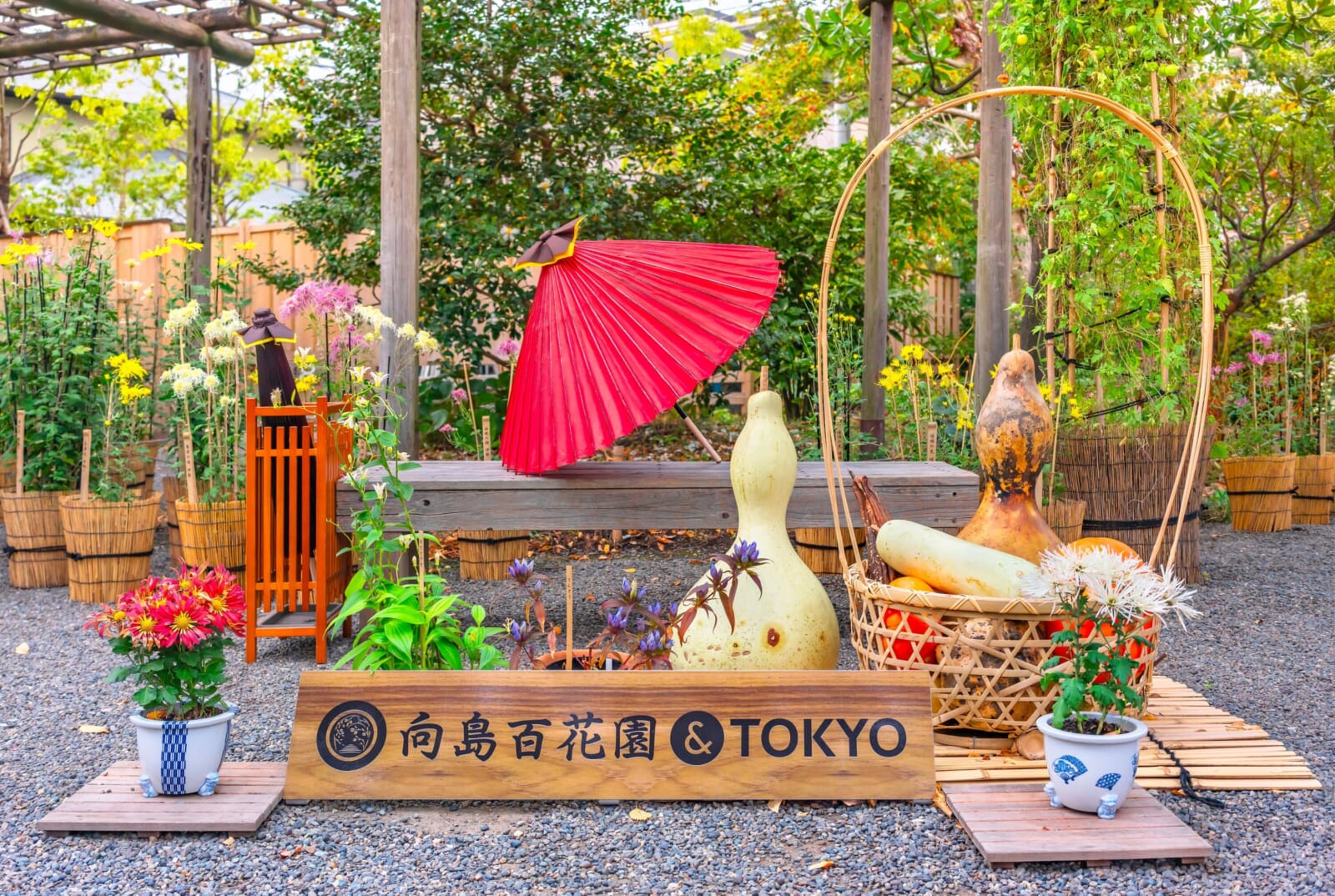
Mukojima
Mukojima, located along the Sumida River, is the district with the largest number of registered geisha in Tokyo. It is known for its scenic beauty, with cherry blossoms lining the riverbanks in spring. Mukojima hosts a sakura viewing event, where geisha and hangyoku (young part-time apprentices) serve drinks to the general public.
Mukojima’s entertainers are exceptionally skilled at using social media; almost every geisha has an Instagram profile and shares her daily activities and personal opinions. Such an approach is quite rare for this secretive profession.
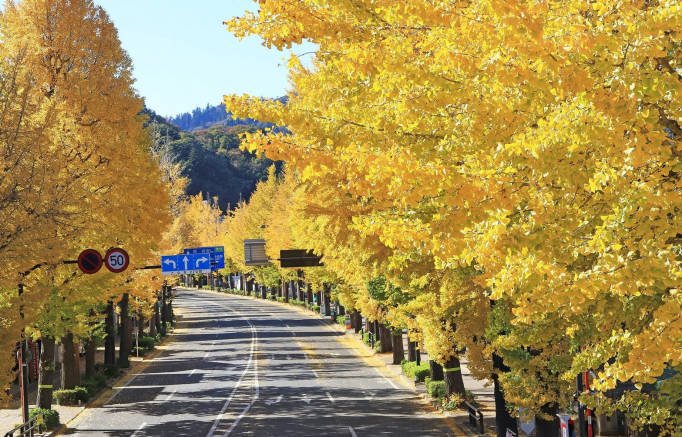
Hachioji
Hachioji might not be located in Tokyo’s 23 wards, yet it is still one of Kanto’s most active geisha districts. With around six geisha houses lodging 13 artists, Hachioji has been operating without significant interruptions since 1907.
Hachioji geisha’s dance skills can be admired not only during private banquets but also at the Hachioji street festival every August. Geisha participate in the parade by wearing stage kimono and historical costumes. Since Hachioji is located close to Mount Takao and rural areas, its geisha celebrate nature and highlight the importance of the local community. Their friendliness and love for Hachioji are visible through regional PR campaigns, heartwarming parties for older women living nearby and even open support for single mothers. Hachioji is also the most accessible geisha district in Tokyo, as it accepts reservations from first-timers without requiring an introduction.
Exploring Geisha Districts in Tokyo
The geisha districts of Tokyo are a testament to the city’s ability to preserve its rich cultural heritage amid rapid modernization. While these districts may not be as well known as their counterparts in Kyoto, they offer a unique and authentic experience for those looking to delve into Japan’s traditional arts. Whether wandering the atmospheric streets of Kagurazaka, attending a performance in Shinbashi or simply soaking in the historical ambience of Asakusa, visitors to Tokyo’s geisha districts are sure to leave with a deeper appreciation for this timeless and enchanting aspect of Japanese culture.
Related Posts
- Tokyo Photographer Takes Us Inside the Hidden World of Geisha
- Discover Japan: Hakone’s Modern Geisha Experience
- Spotlight: Kiharu Nakamura — Secrets of the Geisha
Updated On August 29, 2024

